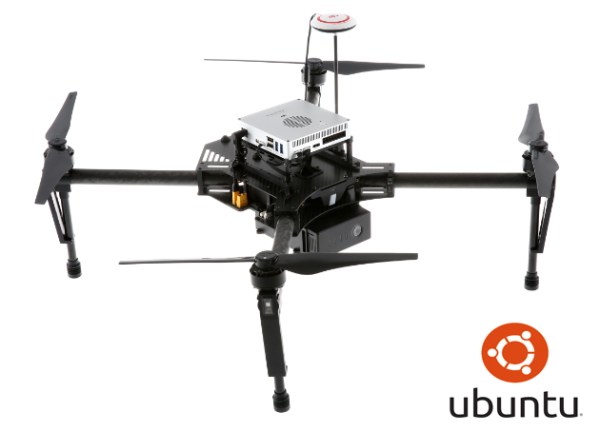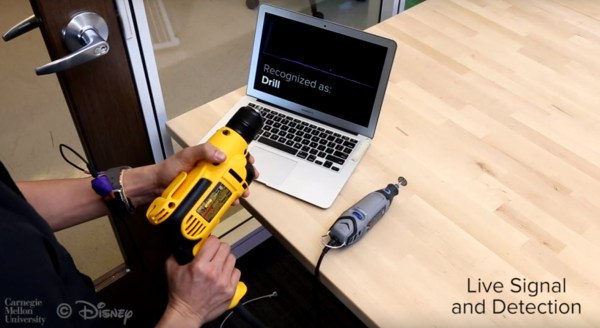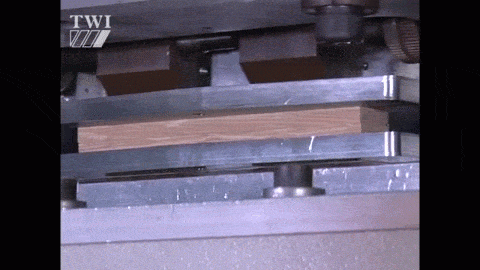Well, actually, you can’t buy this. But for [TVmiller’s] latest project he decided to have some fun with the video — so he made an infomercial for it.
Called the Prong Saver, the device clips onto any appliance’s electrical cord to help prevent you from accidentally pulling too hard and bending the electrical prongs. It’s basically a cord-tension alarm. The question is — can you hear it over the vacuum cleaner?
And just because he could, it’s solar powered. Because why the heck not? He built it using scraps he found around the workshop. That included a solar powered LED key chain, a small piezo speaker, an eyebolt and a compression spring. Anyway, check out the commercial after the break. It had us in stitches.
Continue reading “Act Now And Receive The Prong Saver For Only $0.00!”

















